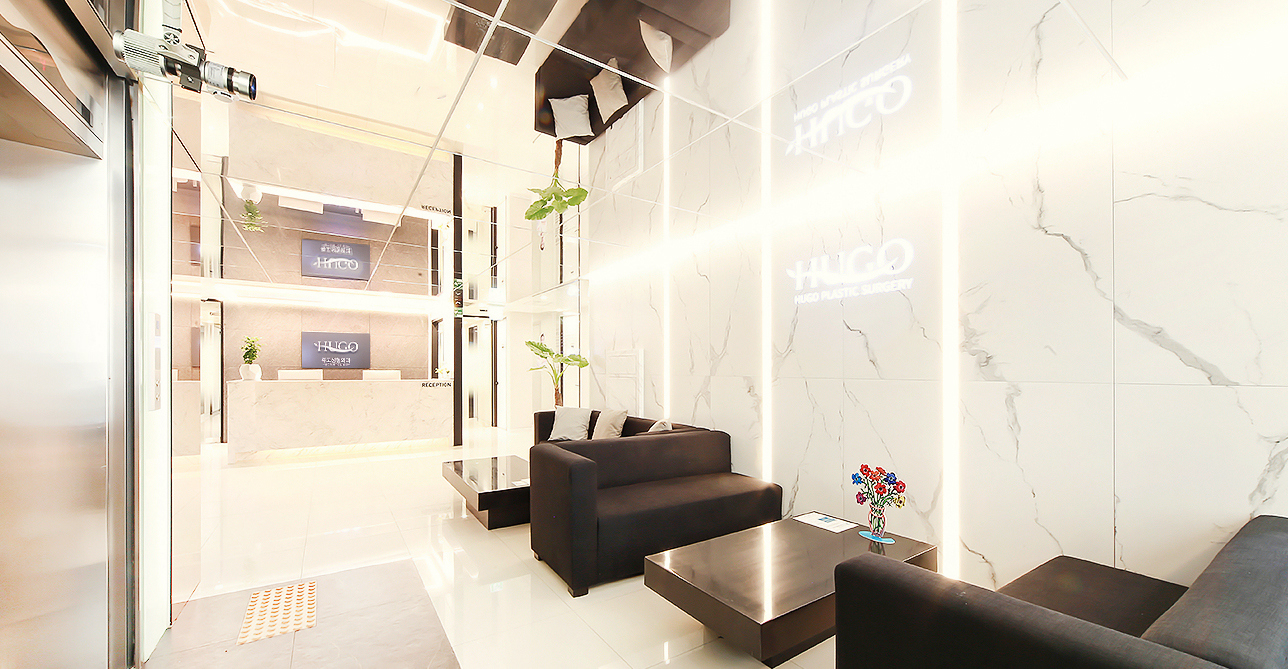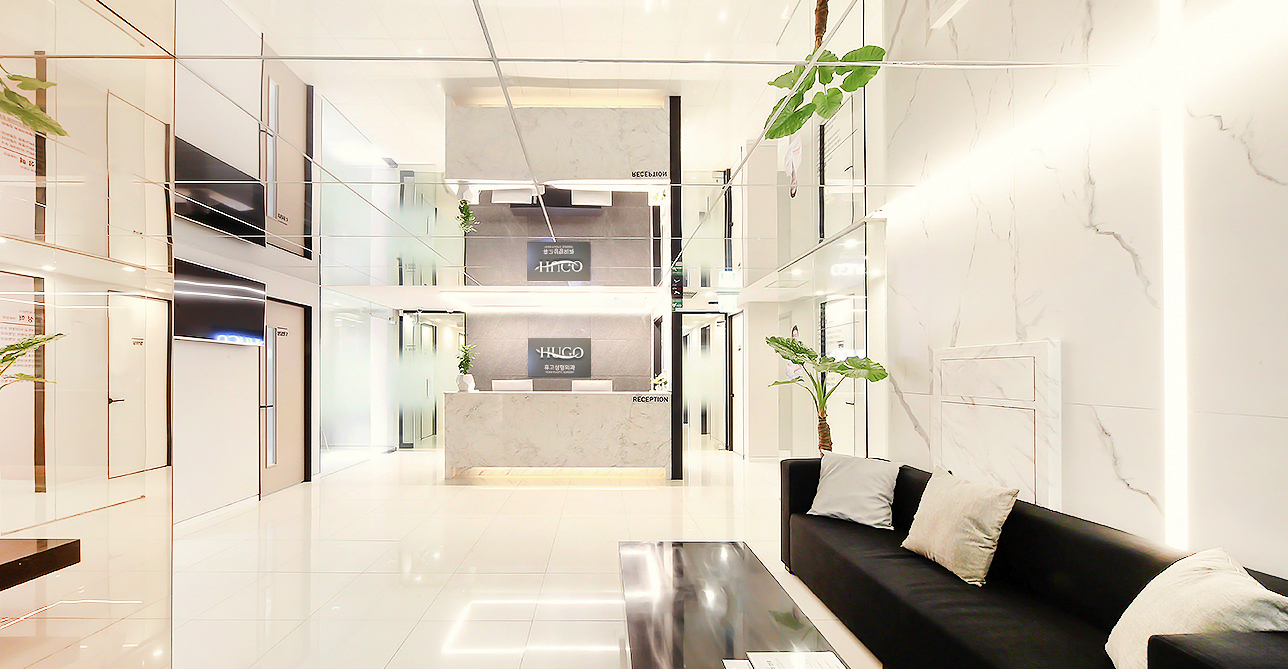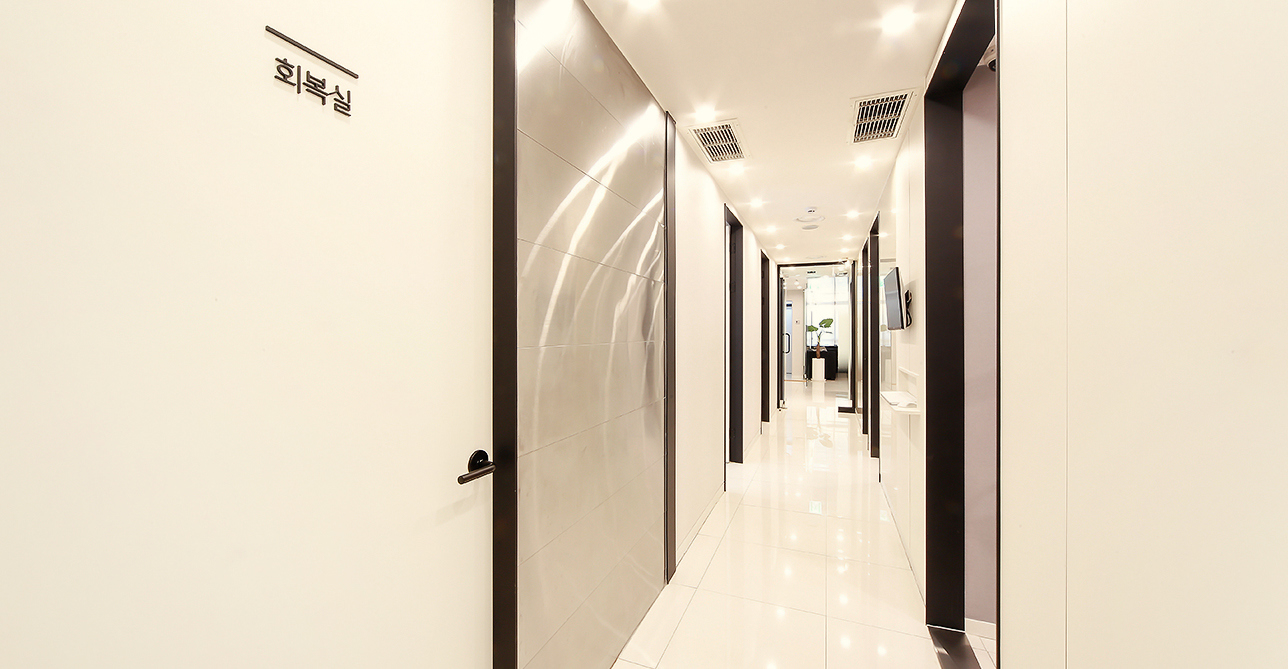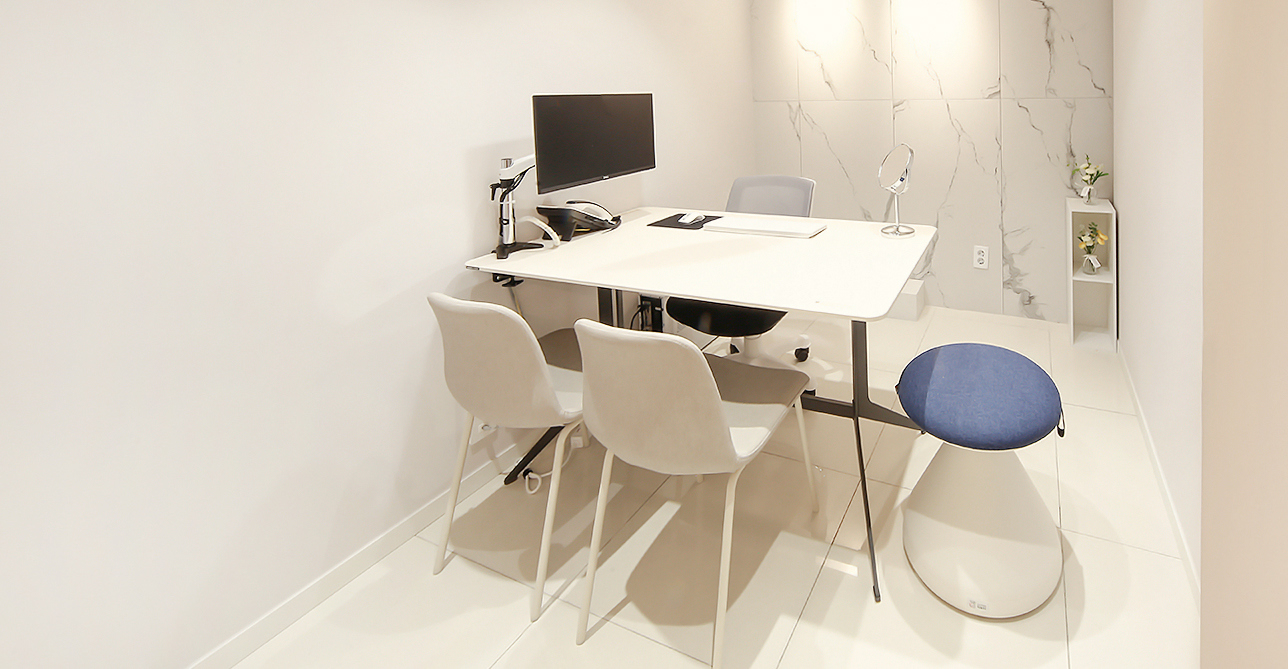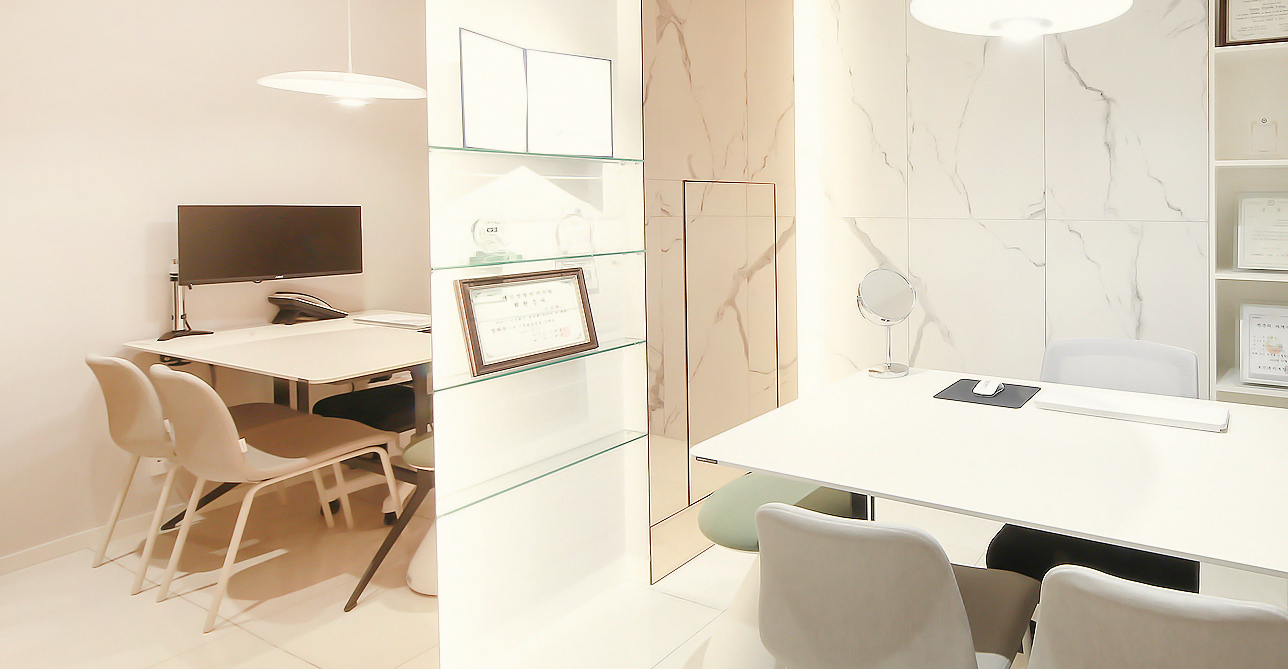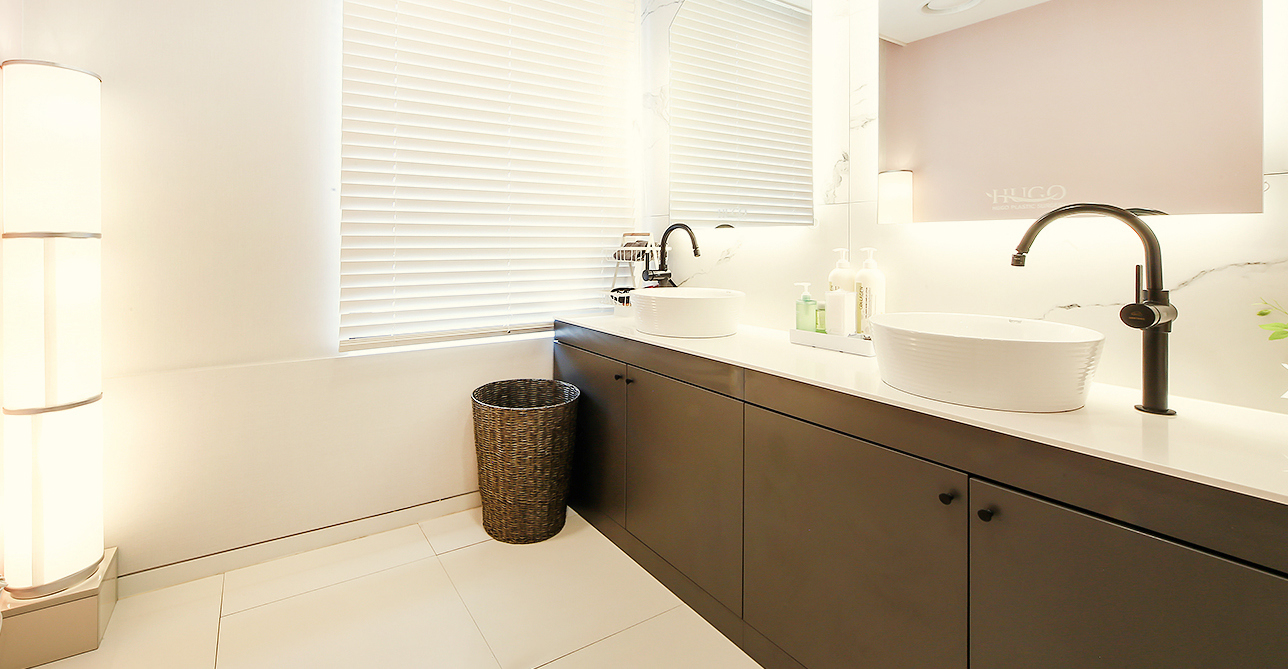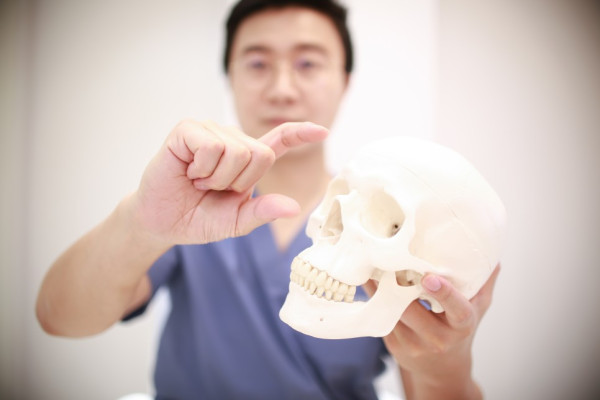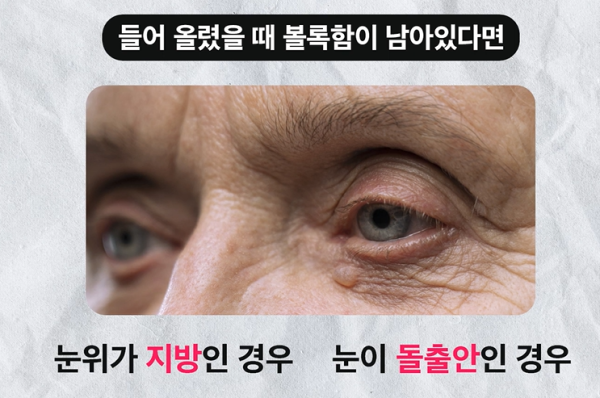Do Your Drooping Eyelids Make You Look Older and Feel Uncomfortable? P…
페이지 정보

본문
Hello!
I'm Dr. Yang Sung-hyuk, a board-certified plastic surgeon at Hugo Plastic Surgery, where we prioritize our patients' needs.
Lately, I've noticed that some of my senior colleagues and fellow surgeons have been reaching out to me more often.
They say things like, "I've noticed that your upper eyelid surgery results have been quite good recently. I'm sending a patient your way—please take a look."
I'd like to take this opportunity to thank all the doctors who have referred patients to me and entrusted me with their care.
Today, I’ve planned a special series called the "Hugo Special Guide" on eyelid drooping, and this is the first part!
In this first part, we’ll cover important considerations you should think about before undergoing surgery to correct drooping eyelids.
First: Understanding the Criteria for Drooping Eyelids
The first thing to consider is how to accurately assess drooping eyelids. When evaluating eyelid drooping, it’s important to avoid using your forehead muscles. Instead, measure the droopiness based solely on the eyes' natural position.
To do this, press down on the eyebrows with your eyes closed and then open your eyes. This method typically reveals more pronounced eyelid drooping than usual, giving you a clearer picture of the true extent of the droop.
If, when you open your eyes in this way, you notice pronounced horizontal lines across the bridge of your nose or significant drooping at the outer corners of your eyes, this indicates a more severe degree of drooping.
Second: Measuring the Distance Between the Eyes and Eyebrows
After determining the extent of eyelid drooping, the next step is to measure the distance between the eyes and the eyebrows. We usually start by marking the most suitable double eyelid line for the patient, allowing the eyebrows to naturally lower and the eyelid crease to form.
At this point, it’s important to check if the distance between the eyes and eyebrows appears natural.
Third: Assessing the Use of Forehead Muscles
The third consideration is whether the patient is using their forehead muscles. Once the desired line is marked, the improvement in eyelid drooping and the expansion of the visual field can be observed. If the patient continues to use their forehead muscles, the eyebrows may drop, and we can predict how much they will lower by observing the change in the eyebrow position and the resulting expression.
Fourth: Evaluating Eyelid Skin Thickness
The fourth factor is the thickness of the eyelid skin. Typically, the skin near the eyelashes is thinner, while it becomes thicker as you move upwards. However, this thickness varies significantly from person to person. During consultations, I often ask patients to let me examine their eyelid skin by touching both the upper part and the outer skin. If I find that the skin is uniformly thin, I might consider whether double eyelid surgery or upper blepharoplasty would be appropriate.
Thin skin tends to create a natural, aesthetically pleasing crease when folded.
Conversely, if the skin near the eyelashes is thin but becomes thicker as you move upward, I do not recommend upper blepharoplasty or double eyelid surgery. This is because such procedures on thicker-skinned eyelids often result in an unnatural, harsh-looking crease.
Fifth: Examining Bulging in Drooping Eyelids
Fifth, when the eyelids are drooping and appear bulging, it’s crucial to identify the cause of this bulging. Patients often say, "Doctor, please remove some of the fat from my eyelids." While this isn’t entirely incorrect, it’s important to note that the bulging isn’t always due to fat. I assess this by lifting the eyebrows to see if the area above the eyes appears sunken. If it does, this indicates that the bulging isn’t caused by excess fat but by something else.
If the bulging remains even after lifting the eyebrows, we need to consider whether the issue is due to orbital fat or if the eyes are protruding, causing the bulging appearance.
Sixth: Checking for Existing Double Eyelids and Wrinkles
Lastly, we need to check for the presence of existing double eyelids and any overlapping wrinkles.
If the patient already has a double eyelid, we can consider more natural alternatives like eyebrow lift surgery or forehead lift surgery instead of upper blepharoplasty.
However, if there are overlapping wrinkles or significant asymmetry between the double eyelids, it might be best to address these issues through double eyelid surgery or upper blepharoplasty to achieve symmetry.
In the coming parts, I’ll provide a special guide on how I approach different types of eyelid drooping and how to address these issues effectively. Stay tuned for more "Hugo Special Guides," where I’ll continue to share helpful and informative content on topics you’ve been curious about!
You can also watch related videos on our YouTube channel, Hugo Plastic Surgery TV. If you have any further questions, feel free to contact us at Hugo Plastic Surgery.
This has been Dr. Yang Sung-hyuk from Hugo Plastic Surgery. Thank you!
댓글목록
등록된 댓글이 없습니다.
